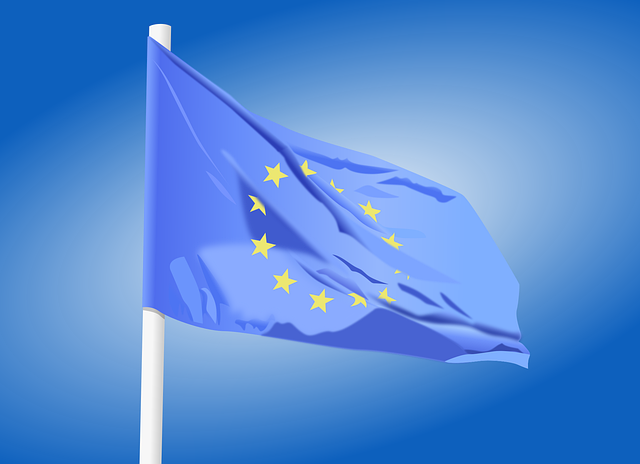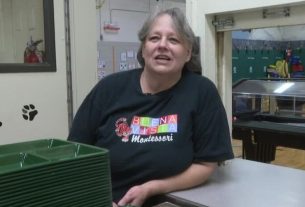In a landmark decision that could significantly impact Europe’s approach to tackling climate change, the European Union (EU) has approved its first-ever certification framework for carbon removals, carbon farming, and carbon storage in products. This comprehensive regulatory framework is designed to support the EU’s climate neutrality goal by 2050, marking a pivotal step in achieving the ambitious targets set under the European Green Deal.
The new certification system will enhance the EU’s carbon removal strategies by establishing a voluntary system that guarantees the permanence, quality, and transparency of carbon removal activities, specifically in the agricultural and land-use sectors. These practices, such as carbon farming, reforestation, and the use of bioenergy with carbon capture and storage (BECCS), are critical in mitigating the impact of climate change.
Key Features of the Certification Framework
The certification framework introduces a set of robust criteria for all carbon removal activities seeking recognition under EU regulations. To be certified, carbon removal initiatives must demonstrate measurable and quantifiable net carbon benefits, ensuring that they go beyond legal requirements and have clear, long-term environmental impacts.
- Additionality: Activities must show they are additional, meaning they go beyond what is already required by law and are economically viable only with the support of financial incentives.
- Long-Term Carbon Storage: Certified practices must ensure that captured carbon remains sequestered over the long term, with some practices, such as BECCS, storing carbon for centuries. Carbon stored in products like wood-based materials must remain sequestered for at least 35 years.
- Environmental Safeguards: Activities must avoid environmental harm and provide co-benefits for biodiversity, water quality, and ecosystem health. This will ensure that carbon removal efforts also contribute to broader sustainability objectives.
- Independent Verification: To ensure integrity, certified activities will undergo rigorous independent verification processes. This step is crucial for ensuring that the claims about carbon removal are accurate and reliable.
Carbon Farming and Its Role in Carbon Removals
Carbon farming practices, including reforestation, soil carbon sequestration, and peatland restoration, play a pivotal role in the new certification framework. By adopting these methods, farmers and land managers can significantly increase the amount of carbon stored in the soil or vegetation. Not only do these practices sequester carbon, but they also improve soil health, enhance biodiversity, and increase resilience to climate change.
For instance, reforestation is a powerful tool for carbon sequestration as trees naturally absorb and store carbon from the atmosphere. Similarly, practices that restore degraded peatlands can lock away substantial amounts of carbon, as peatlands are one of the most carbon-dense ecosystems on the planet.
The EU Registry for Transparency and Traceability
To ensure transparency and build public trust, the EU has introduced an electronic registry that will track certified carbon removal units. This registry, which will be operational within four years, will provide traceability of carbon credits from creation to transaction, allowing all stakeholders—government bodies, businesses, and consumers—to verify that carbon removal efforts are genuine and meet the stringent certification criteria.
The system will also include liability mechanisms to hold operators accountable in the event that stored carbon is re-released into the atmosphere, such as through land-use changes or poor management practices. This feature is intended to mitigate the risk of carbon credits being “undone” over time.
Impact on Agricultural and Carbon Credit Markets
The new certification framework is expected to have a significant impact on the carbon credit market. By providing farmers, landowners, and businesses with clear standards for earning and selling carbon credits, the EU aims to create financial incentives for adopting sustainable land management practices. Carbon credits generated through certified activities can be purchased by businesses and governments seeking to offset their emissions, thus contributing to broader carbon reduction goals.
The voluntary nature of the certification system means that farmers and operators can choose to participate based on the potential economic benefits. However, given the growing demand for carbon credits in global markets, this framework is expected to drive increased participation from the agriculture sector.
A Step Toward Climate Neutrality by 2050
The EU’s approval of the carbon removal certification framework is aligned with its overarching climate goals outlined in the European Green Deal and the Paris Agreement. By 2050, the EU aims to achieve net-zero emissions, and carbon farming and permanent carbon removals are crucial elements in reaching this target.
The framework not only supports carbon removal but also integrates these practices into the broader context of the EU’s sustainability and biodiversity goals. The focus on high-quality, verified carbon removal ensures that the EU is investing in solutions that have a lasting and genuine impact on the climate.
Conclusion
The introduction of the EU’s first certification framework for carbon removals marks a major milestone in the fight against climate change. By creating a standardized system for verifying and tracking carbon removals, the EU is helping to drive innovation in carbon farming and sustainable land management. This will not only help the EU meet its climate neutrality target but also provide a model for other regions to adopt similar strategies to accelerate the transition to a low-carbon economy.
References:
- EU Carbon Farming Initiative – European Commission (EU)
URL: https://ec.europa.eu - Sustainable Carbon Farming Practices – UN Food and Agriculture Organization (FAO)
URL: http://www.fao.org - The Future of Carbon Markets – International Emissions Trading Association (IETA)
URL: https://www.ieta.org - EU’s Strategy for Achieving Net-Zero Emissions by 2050 – European Environment Agency (EEA)
URL: https://www.eea.europa.eu


